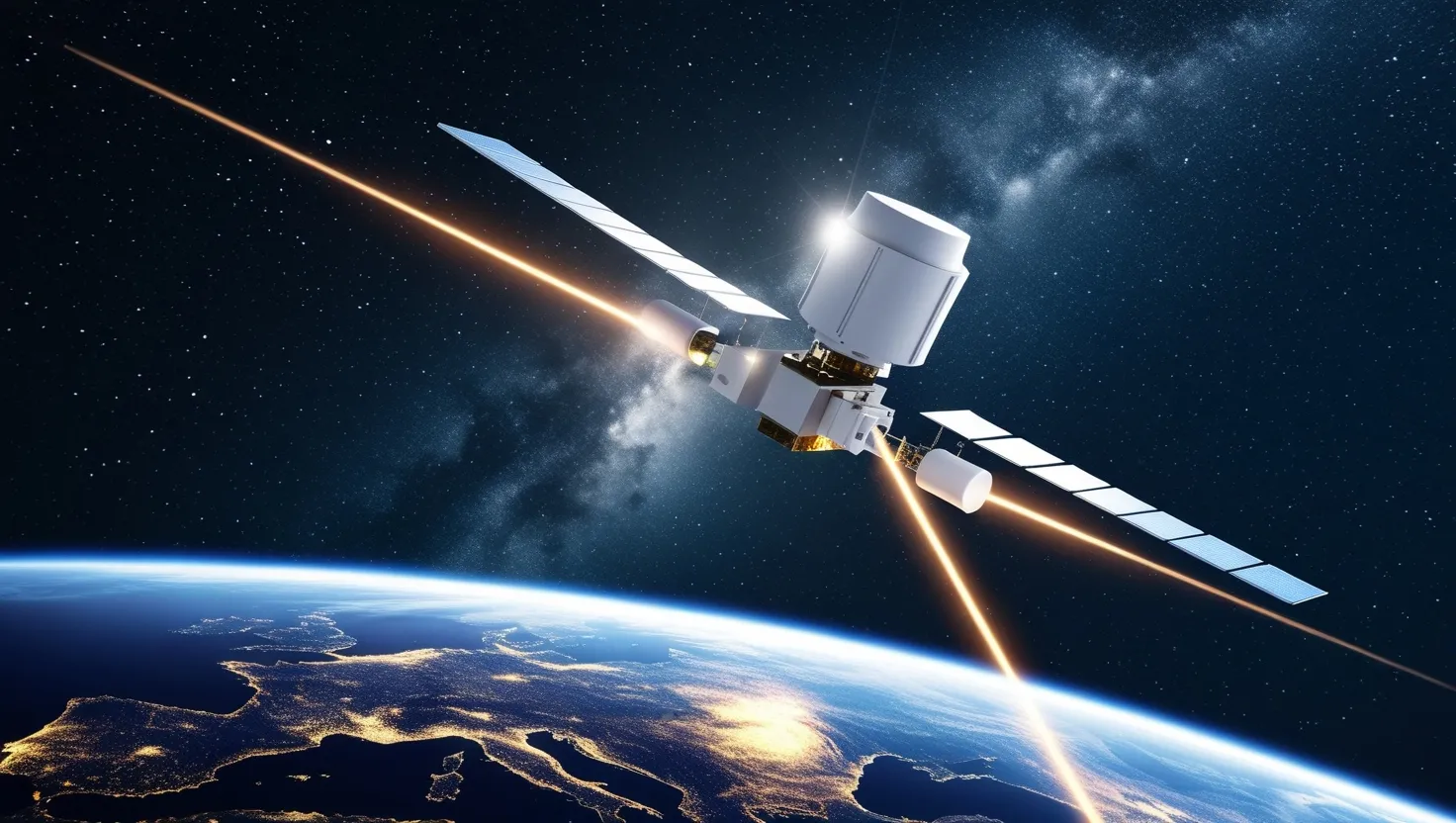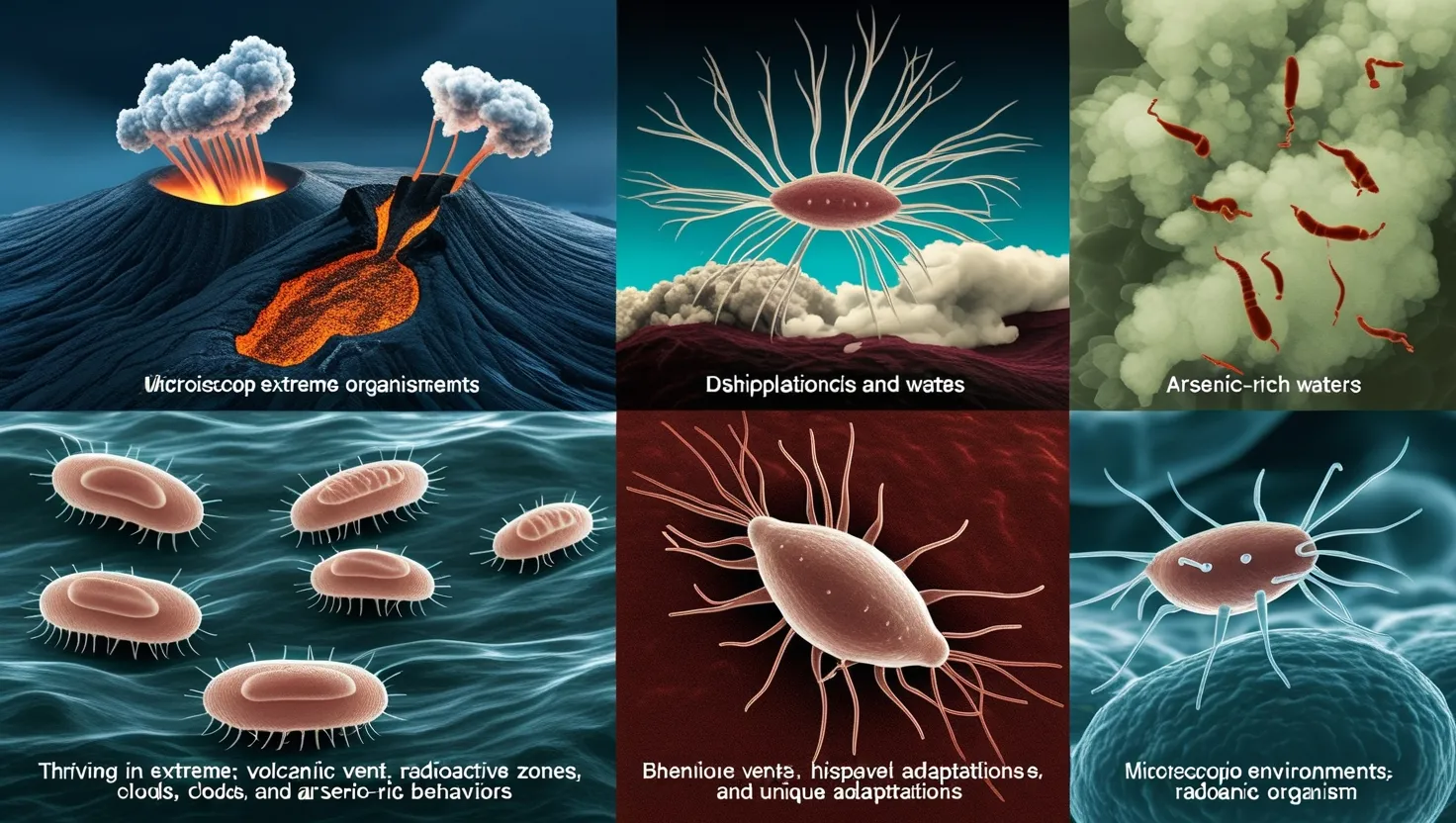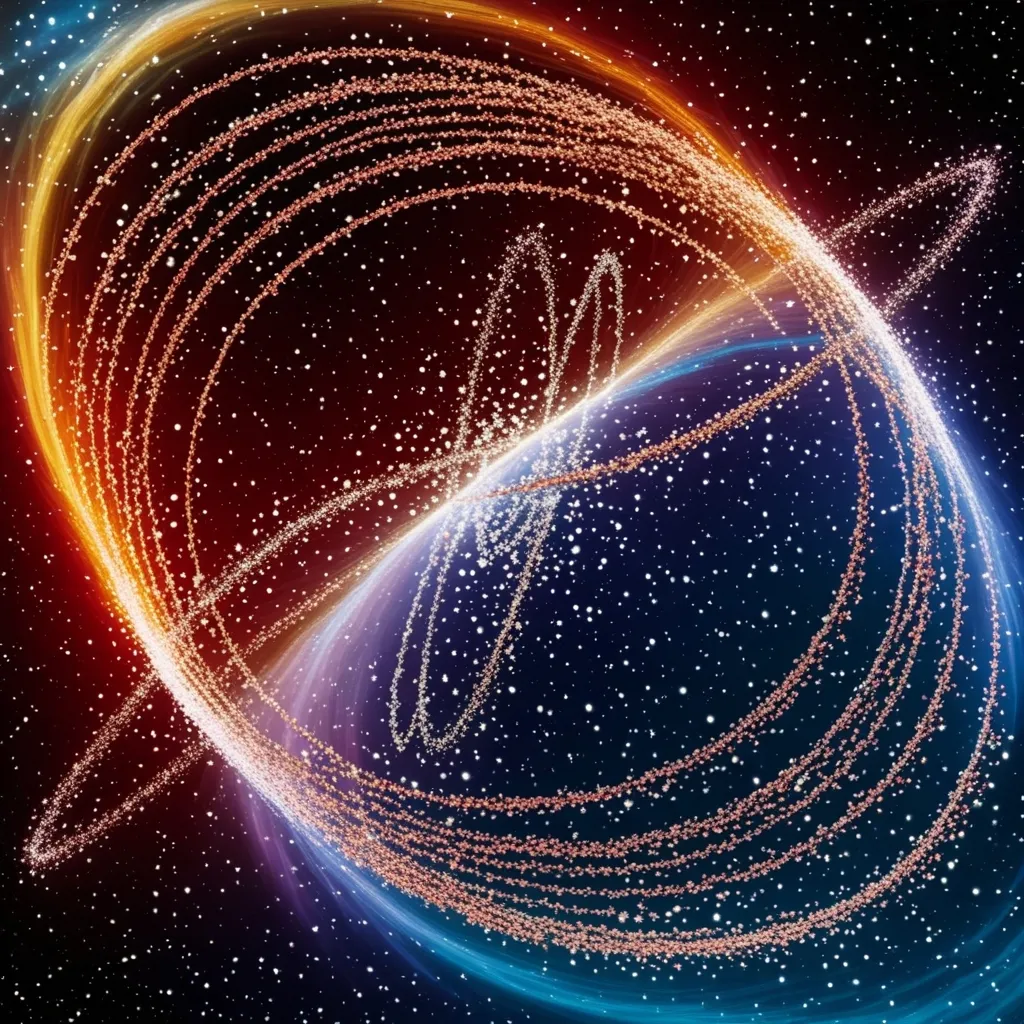As we stand on the precipice of a climate crisis, innovative technologies are emerging as beacons of hope, offering unprecedented insights into our changing planet. These cutting-edge tools are revolutionizing the way we monitor, understand, and predict climate patterns, providing us with the knowledge we need to take decisive action.
Imagine a world where we can detect greenhouse gases with quantum precision. This is no longer the stuff of science fiction. Quantum sensors are pushing the boundaries of what’s possible in climate monitoring. These ultra-sensitive devices exploit the quirks of quantum mechanics to measure minute changes in atmospheric composition. By harnessing the power of superposition and entanglement, quantum sensors can detect greenhouse gases at concentrations previously thought impossible. This level of precision allows scientists to track emissions with unprecedented accuracy, pinpointing sources and helping to enforce environmental regulations more effectively.
But what good is data without the ability to interpret it? This is where artificial intelligence steps in, transforming raw information into actionable insights. AI-powered climate prediction models are learning from vast datasets, identifying patterns that human researchers might miss. These models can process information from multiple sources - satellite imagery, weather station data, historical records - to create more accurate forecasts of climate trends. The result? A clearer picture of our climate future, enabling policymakers and communities to prepare for and mitigate potential impacts.
“The best way to predict the future is to create it,” said Alan Kay. This quote resonates strongly in the context of climate technology. By developing these advanced monitoring tools, we’re not just predicting the future - we’re shaping it.
Have you ever wondered how we track weather patterns across the globe? The answer lies high above our heads. Satellite swarms are revolutionizing weather monitoring, providing real-time data on a global scale. These constellations of small satellites work in tandem, offering continuous coverage of the Earth’s surface. They can track cloud formations, measure atmospheric pressure, and even detect early signs of extreme weather events. This constant stream of data is invaluable for meteorologists and climate scientists, allowing them to create more accurate weather forecasts and climate models.
But what about the vast oceans that cover much of our planet? Enter ocean drifters - autonomous devices that float with ocean currents, measuring sea temperature, salinity, and other vital parameters. These unassuming heroes of climate science provide crucial data on ocean health and circulation patterns. As they drift, they paint a picture of our changing seas, helping scientists understand phenomena like ocean acidification and the impact of warming waters on marine ecosystems.
As we grapple with rising carbon dioxide levels, atmospheric carbon capture sensors are emerging as a critical tool in our climate monitoring arsenal. These sensors can measure CO2 concentrations with incredible accuracy, helping us track the effectiveness of carbon reduction efforts and identify major emission sources. But their potential goes beyond mere measurement. Some of these sensors are being integrated into carbon capture systems, actively removing CO2 from the atmosphere and storing it safely underground.
In the frozen north, another climate battle is being fought. Arctic permafrost, long considered a stable carbon sink, is thawing at an alarming rate, releasing stored greenhouse gases into the atmosphere. To monitor this process, scientists are deploying advanced permafrost monitoring systems. These networks of sensors, buried deep in the Arctic soil, measure temperature, moisture content, and gas emissions. By tracking the thaw in real-time, researchers can better understand the feedback loops driving climate change and predict future impacts.
What about the silent threat of drought? Advanced drought detection networks are helping us stay one step ahead of this creeping disaster. These systems combine data from multiple sources - soil moisture sensors, satellite imagery, and weather stations - to create detailed maps of drought conditions. By detecting early signs of water stress, these networks enable farmers and water managers to implement conservation measures before a crisis hits.
As we explore these technologies, it’s worth asking: How can we ensure that the benefits of these innovations are shared equitably? How do we balance the need for comprehensive monitoring with concerns about privacy and data security?
“We are the first generation to feel the effect of climate change and the last generation who can do something about it,” said Barack Obama. This sentiment underscores the urgency of our climate monitoring efforts. The technologies we’re developing today will shape our understanding of climate change for decades to come.
These seven innovative technologies are just the tip of the iceberg. From the quantum realm to the depths of the ocean, from space to the Arctic tundra, we’re deploying an arsenal of tools to monitor and understand our changing climate. Each of these technologies offers a unique perspective, contributing to a holistic view of Earth’s climate system.
But technology alone isn’t enough. We need to couple these innovations with strong policies, public engagement, and a commitment to sustainable practices. The data these technologies provide is only valuable if we act on it.
As we look to the future, it’s clear that the field of climate monitoring will continue to evolve. We may see the development of even more sensitive quantum sensors, or AI models that can predict climate patterns years in advance. Perhaps we’ll deploy swarms of atmospheric drones, or create a global network of citizen scientists contributing data from their smartphones.
Whatever the future holds, one thing is certain: our ability to monitor and understand climate change will be crucial in our efforts to mitigate its impacts and adapt to a changing world. These technologies are not just tools for scientists - they’re lifelines for our planet.
So, as we marvel at these technological wonders, let’s also consider our role in this unfolding story. How can we support the development and deployment of these technologies? How can we use the insights they provide to make better decisions in our daily lives?
Remember, every data point these technologies collect, every trend they identify, is a call to action. It’s up to us to listen and respond. The future of our planet depends on it.






